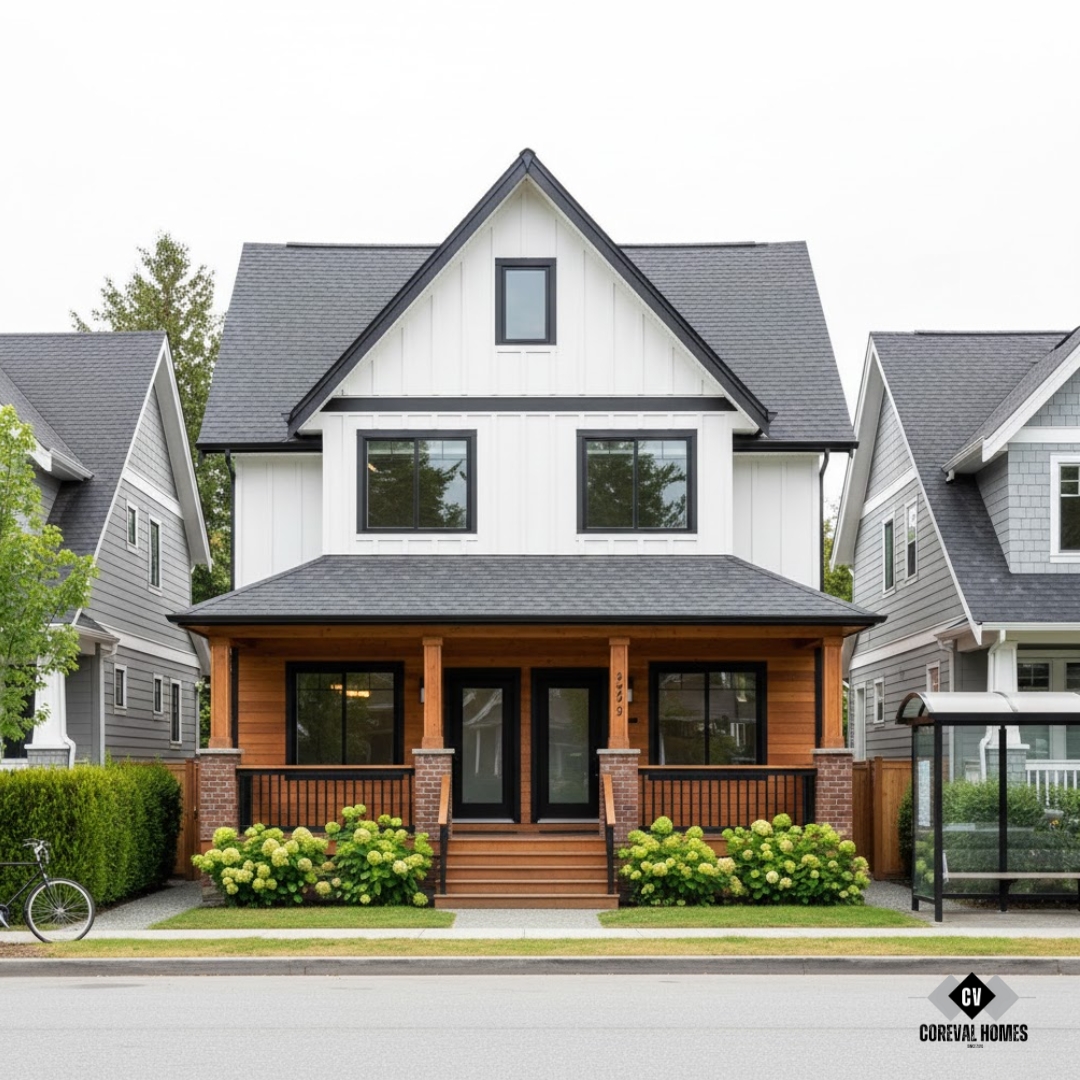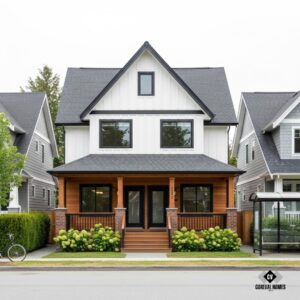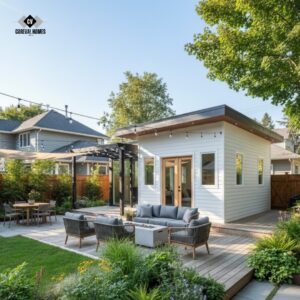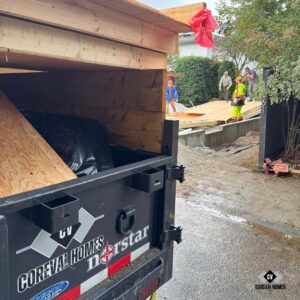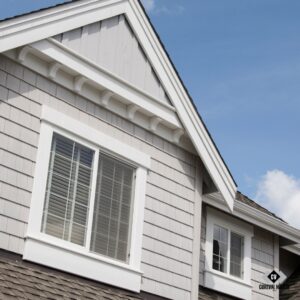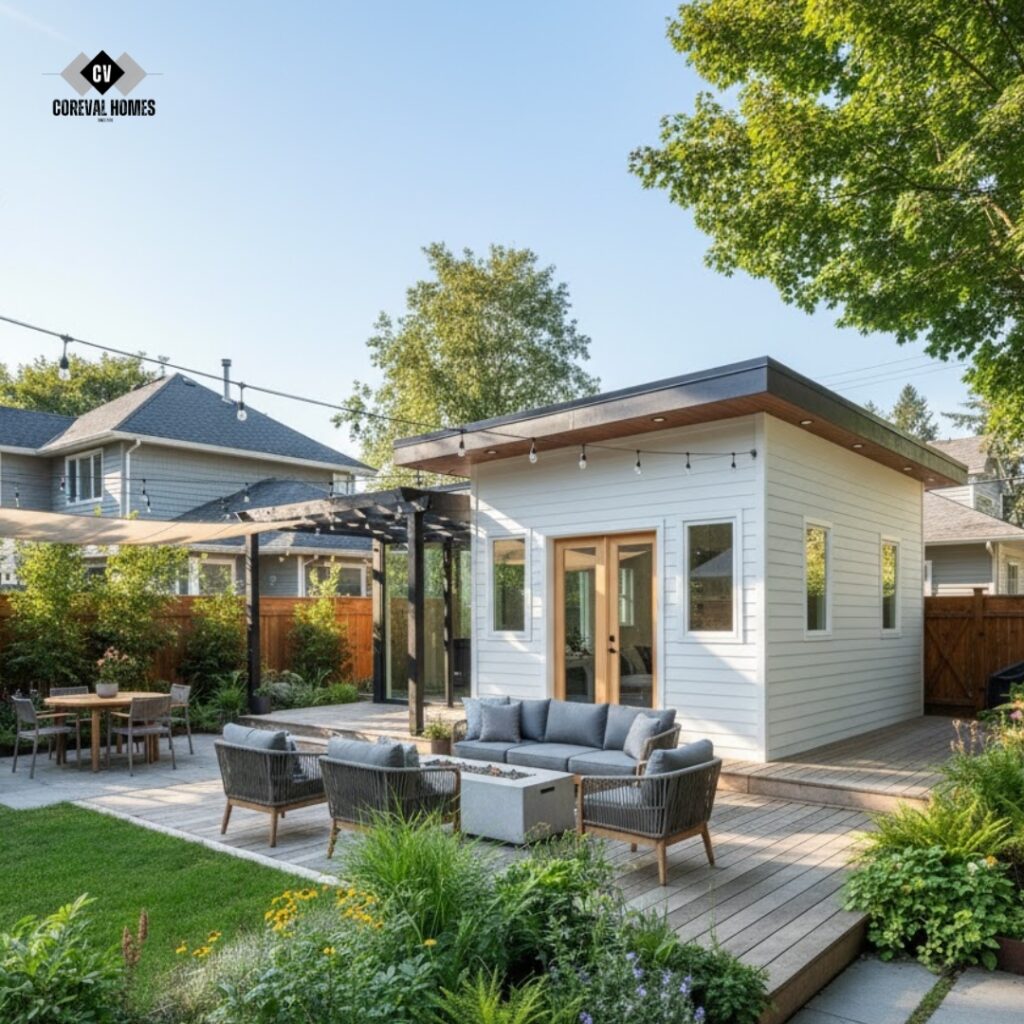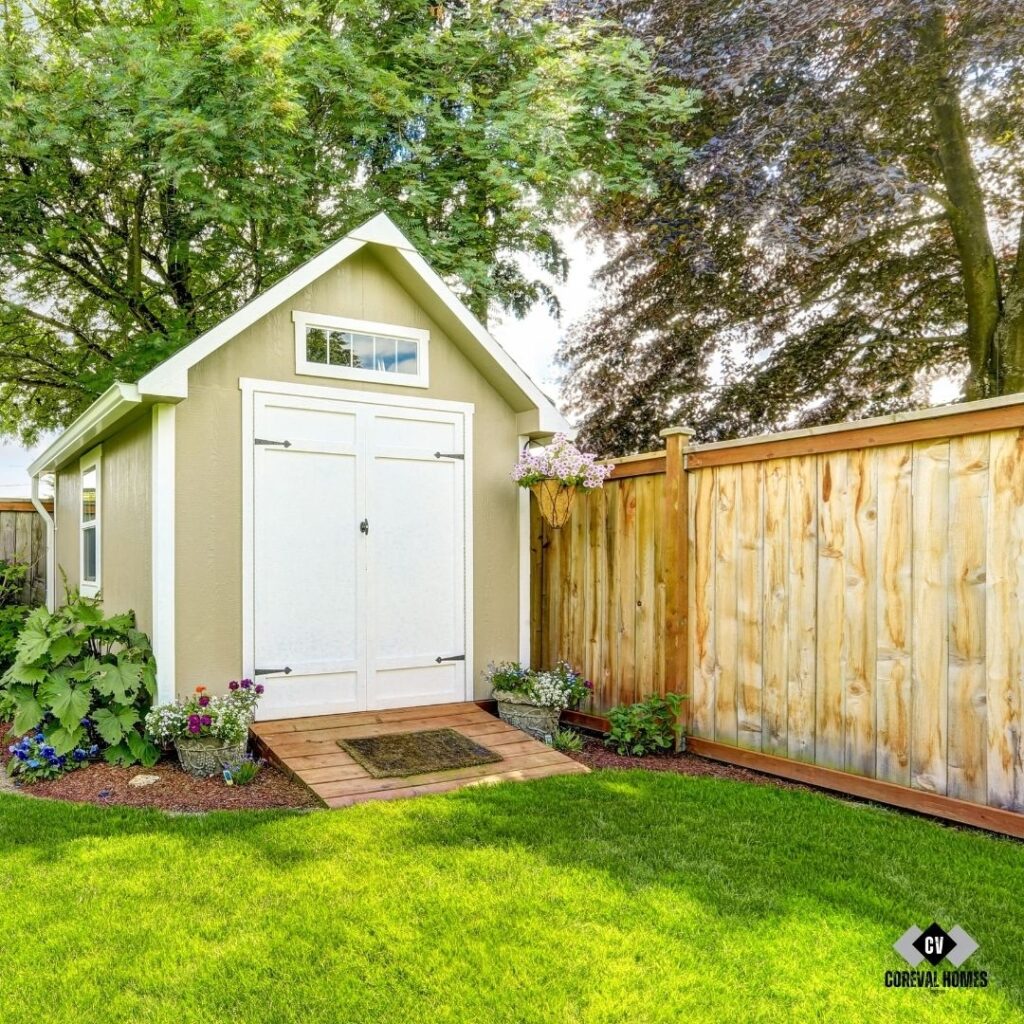If you’ve been following North Vancouver’s housing news, you know the city recently passed a landmark bylaw opening single-family neighborhoods to multiplex homes—meaning you can now build up to 3, 4, or even 6 units on certain lots. This move is designed to meet a crucial provincial deadline and help ease the city’s growing housing shortage.
So, it sounds like a win, right? Well, as with most things housing-related, the reality is a bit more nuanced.
What’s Changing?
North Vancouver’s new rules formally permit more multi-unit homes in neighborhoods that traditionally allowed only single-family dwellings. Roughly 900 properties are affected, primarily where duplexes were already permitted. Under the bylaw:
- Lots of 280 square meters or less can have up to 3 units (for example, a main house plus two secondary suites).
- Larger lots over 280 square meters can have up to 4 units.
- Lots in transit-oriented areas—near frequent bus routes like the R2 and 240—can have as many as 6 units, encouraging density around public transportation.
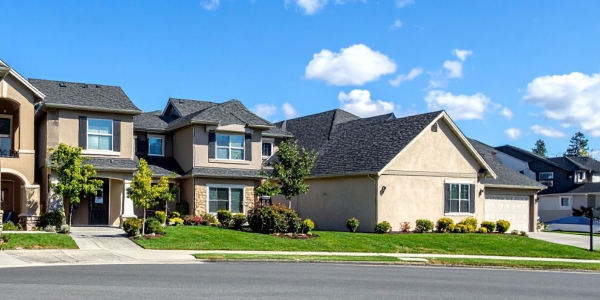
The city also eased restrictions on coach houses (smaller standalone units), giving property owners more options to build secondary suites without the need for full redevelopment.
For homeowners, these changes open new opportunities: expanding property potential, creating rental income streams, or providing flexible housing options for extended families.
For the community, the bylaw offers a way to add family-sized homes within established neighborhoods rather than pushing growth outwards—which aligns with sustainability goals and supports transit use.
The Catch You Should Know
Here’s where things get a little tricky. While multiplexes are allowed, the bylaw limits total floor space to roughly 10% more than what is currently permitted for a new single-family home. This “size cap” restricts how big multiplex units can be in aggregate.
Why does that matter? Because it diminishes the financial incentive for Vancouver builders and homeowners to invest in multiple smaller units. Building multiplexes can be more complex and costly than constructing a single-family house.
When the allowed size barely exceeds that of one home, many will opt to build one larger, pricier house rather than multiple smaller, more affordable units. In other words, the bylaw favors bigger single homes over true density.
This emphasis on keeping new buildings visually consistent with existing streetscapes—aiming to maintain neighborhood character—is understandable but presents a policy paradox. It tries to balance aesthetics with density yet may inadvertently slow the scale of change needed to address housing shortages.

Is It Enough to Fix the Housing Crunch?
North Vancouver’s need for new homes is significant. The city’s 2024 Interim Housing Needs Report projects a shortfall of over 6,500 homes in the next 20 years to keep pace with growth and demand. The new zoning changes cover many properties but are estimated to add fewer than 1,000 additional residential units.
This bylaw feels more like a prudent first step rather than a comprehensive solution. The city is also preparing an overhaul of its Official Community Plan (OCP)—its blueprint for growth—which will further refine housing goals, density, transportation, and infrastructure over the coming years.
This larger planning process is critical for determining whether initial gains from the multiplex bylaw translate to meaningful progress in housing affordability and supply.
Financial and Market Implications
Property values may see targeted increases in neighborhoods where multiplexes become possible. The added ability to build more units provides greater income potential and can make these areas more attractive to investors and homeowners looking for flexible housing options. However, the bylaw’s floor space limitation—which restricts total building size to roughly 10% more than a single-family home—might dampen speculative growth and broader market excitement.
This constraint means developers and homeowners might often prefer building one larger single-family home over multiple smaller units, reducing incentives for true multiplex development. As a result, property value appreciation in these neighborhoods may be more gradual and stable, avoiding sharp spikes that sometimes accompany rapid densification. This balance reflects the city’s intent to blend gentle density with neighborhood character while cautiously responding to housing demand pressures.
What This Means for You
If you’re a homeowner, this is a moment to pay attention. New opportunities might let you add suites or multiplexes that weren’t possible before, potentially increasing your property’s value and flexibility. However, it’s important to understand the rules and limits—like the floor space cap—that shape what you can build.
This complexity often leads clients to believe that local builders are only interested in large, high-margin projects. At CoreVal Homes, we fundamentally believe in building the future of BC housing, which means meeting the needs of every segment. We are dedicated to providing the same professional rigor, design excellence, and transparent process for all our clients. When it comes to realizing your vision, there is no project too small or too big.
As a Vancouver builder rooted in this community, CoreVal Homes is here to help you navigate these changes. Whether it’s design, permits, or construction, we know the local nuances and can find innovative ways to maximize your property’s potential while complying with new regulations. We’re ready to help turn these regulatory shifts into tangible homes and living spaces.
What Do You Think? Is This the Change You’ve Been Waiting For?
Is North Vancouver’s new multiplex bylaw the breakthrough step that will unlock more attainable housing and vibrant neighborhoods? Or is it just a cautious approach that leaves much more work ahead? We want to hear your thoughts and experiences.
If you’re considering building, expanding, or just watching how your neighborhood changes, CoreVal Homes, your trusted Vancouver builder, is ready to guide you. Let’s discuss what this bylaw means for you and your home—and how to make the most of it.
FAQs
1. What types of properties are eligible for multiplex development under the new bylaw?
Mostly properties currently zoned for duplex use, about 900 lots, with eligibility depending on lot size and proximity to transit corridors.
2. Are there additional fees or levies builders must consider when developing multiplex homes?
Yes, projects often must pay a Development Cost Levy (DCL) unless exempted by specific affordable housing requirements, which affects financial planning for Vancouver builders.
3. How does the new bylaw impact the timeline for permit approvals?
Projects with more than three units may face additional requirements such as installing low-profile transformers, which can add complexity and time to the permit process.
4. Can homeowners convert their existing single-family homes into multiplexes themselves?
Conversion requires careful planning, zoning compliance, and usually professional assistance to navigate design, permits, and construction regulations.
5. How will the multiplex bylaw affect neighborhood aesthetics and character?
The bylaw emphasizes “gentle density” aiming to add housing without drastically changing the look and feel of established neighborhoods, balancing growth with community character.
6. What future changes can be expected following this multiplex bylaw?
The City of North Vancouver is planning an update to its Official Community Plan (OCP) that will further adjust housing goals, density policies, and infrastructure to support growth over the next 20 years.

